Creating Black History in Chess
Chess enthusiasts and supporters,
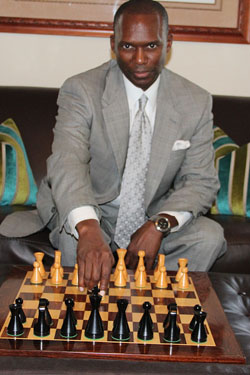
Throughout the “Black History Month” of February we celebrated the accomplishments of people of African descent, particularly those in the U.S. For 16 years, The Chess Drum has been recording the history of a population segment that is largely unknown or unappreciated in the world of chess. I have written thousands of articles for this website, with a number being featured during Black History Month. There was even a 3-part series in 2015 (#1, #2, #3).
There are several reasons that there remains little international notoriety of chess accomplishments in the Black community. Much of it has to do with the discipline of chess itself and the manner of how information is handled. One of the objectives of The Chess Drum is to demonstrate the universality of chess by highlighting the accomplishments of a segment that has received scant mention in history.
The importance of this effort will prove that chess has broad appeal and shows how inclusive the activity is. It is certainly important to show this attraction. Thus, it becomes apparent that the compilation of diverse segments of chess serves a noble purpose.
Dr. Daaim Shabazz, The Chess Drum
Creating Black History in Chess
The documentation of one’s history is one of the singularly most important tasks of a social entity. It places events in a context and presents key points of progress along the timeline. Furthermore, it gives successors a source of inspiration and sets the stage for the accomplishment of future feats. Typically, one who is a student of history has broader, enriched perspective over one who does not have such a historical context.
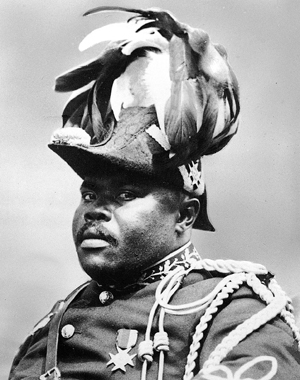
There are many instances in chess world where the history of African Diaspora isn’t known because of missing data. There are thousands of pools of information. Some are filed away in cabinets, a single folder, or in someone’s storage locker. When surviving relatives sort through the belongings of the deceased, they may not know the value of sheets of paper with a strange notation on them and discard them.
Old photos and magazines are a treasure trove of information, but remain dormant and beautiful stories remain untold. In the past, there had been little effort made to compile data with the idea of making it a comprehensive history. The Chess Drum has attempted to do this in the last 16 years. The point is there are ways in which we can preserve key moments. Following are some of the challenges:
Quality
Firstly, there is a lack of consistency in the quality of information that can be accessed. Apart from a few sources, there is no concerted effort to preserve the history of Black chess through photos, videos, and other documentation. Even the amateur photos can be brought to life to tell a story. Jerry Bibuld did an excellent service to catalog many figures in the Diaspora, and his work resides in the Schaumburg Center in Harlem.
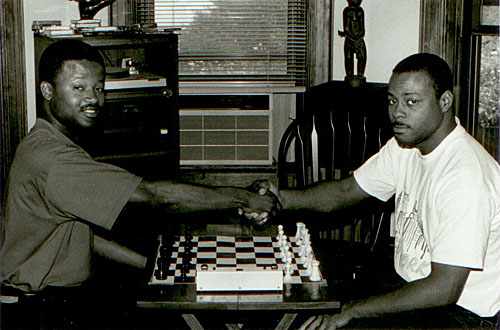
Classic photo of Maurice Ashley and William Morrison
Copyright © 1996, Jerome Bibuld
One other problem is that many players fail in preserving their games, annotating their thoughts and publishing them. This became a shock as I spoke with a number of master-level players who have neglected to keep their game scores. I have discovered on occasion that players do not even write down opponent’s names and other details. It severely damages the integrity of the game and its historical importance. Chess players of the African Diaspora have to take more care in preserving game materials and records.
Sharing of information is encouraged, and if possible, in formats that can be readily processed. The days of sending in games in Microsoft Word or plain text files are a thing of the past. It doesn’t mean that people should not submit photos of poor quality or hand-written scans of old games. Sometimes you have to submit what you have, but in today’s time, there are tools that make information quality much better. Everyone has a phone with a camera, and the technology is quite good.
Social Media Abyss
Secondly, the issue of publishing in chess content has exploded, and micro-communities have grown. Well… that’s a good thing Daaim. Certainly. In today’s chess world there are many social media outlets. These tools have decentralized information and have made it easier than ever to share chess literature and content. Correspondents have started using social media as a primary platform. The mindset is if one posts on Facebook to several groups, that is enough and everyone will see it.

Admittedly, if you are relying on visits to your website and blog without the use of social media, content does not have maximum visibility. However, archiving such information becomes exceeding difficult since Facebook information is not accessible via a search engine and requires a “public” setting to view content. This is a fact that many may miss. There is a need for a more consistent pipeline for conveying information to those permanent chess news outlets and platforms seeking to cover news of the Diaspora.
Historical Accuracy
Thirdly, the accuracy of information is an issue. As mentioned earlier there is a problem with completeness of information, but it also becomes harder to ensure its accuracy. While news travels quickly in this information age, so do mistakes and omissions. Social media is replete with misinformation. Also, there are many errors in crediting quotes, attributing opening novelties, and even who took particular photos. There are also instances where game scores are in error.
For example, the well-known Tate-Yudasin game has as the last move 36.Qh6 when in actuality the move was 36.Qg5! It is unclear how this happened, but the error lives on. At The Chess Drum, information is obtained from public and private sources, but in some cases, the information provided is sometimes incomplete or riddled with inaccuracies.
The idea of presenting accurate information has to take precedence over any other factor. Also, if readers find an error in a story, they should alert the source so that other media sources do not replicate it. Many times errors are repeated, and they are ultimately taken as fact. Users of content often neglect to credit photographs as items are copied and used without proper citation. It then becomes difficult to know the source in case the user needs to obtain a better copy, or provide the credit.
build a glorious history that will
make your people proud when others read it.”
Presentation
Fourthly, there has to be great care on how media presents information. As the consumption of information has become more decentralized, social media has given everyone a platform to post a variety of information. However, there is a sort of careless nature in how information is presented in social media. Games often lack a back story and articles may consist of two or three sentences with a few photos.
Sometimes there are photos posted with no captions or indications of who the subjects are. It appears that these posts are merely for sharing rather than documenting. It is preferable if a context is given. Names, dates, venue, city and other details are needed. Fortunately for the chess community, much of the chess software has the capability to embed diagrams, annotations and other details about the game. These insights are invaluable.
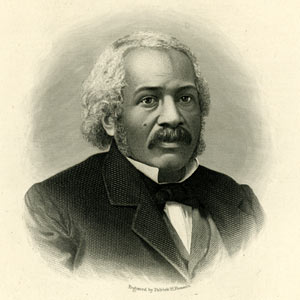
“And as we gazed at Morphy, with his fine, open countenance, brunette hue, marvelous delicacy of fibre, bright, clear eyes, and elongated submaxillary bone, a keen suspicion entered our ethnological department that we were not the only Carthaginian in the room. It might only be one drop, perhaps two, God only knows how they got there but surely, beside the Tria mulattin who at present writes, there was also a Hekata-mulattin in that room!”
“CHESS” published in The National Era, September 29, 1859
Volume XIII, Number 665, page 153
Community Support
Last but not least, there is lukewarm support for media sources that have the most vested interest in archiving Black history. The Chess Drum remains as one of the primary sources of chess information for the African Diaspora. Black news media organizations have always struggled for legitimacy and support. It is unfortunate that even some of the personalities covered extensively on this site will provide links to articles they’ve been featured in, but strangely, The Chess Drum isn’t featured at all.
In some instances, the chess player may view one short article from non-chess mass media as more valuable. There can certainly be an argument made that a national publication will attract more general readers than a chess-oriented site. In the mind of the player, it is a great accomplishment to be in the national news because it shows wider acceptance. This is understandable, but it is a rather short-sighted view. One must realize that the New York Times, USA Today, the Guardian is not going to make the article anything more than a news item.
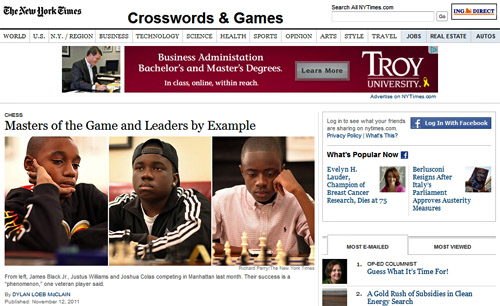
Articles in non-chess media are a necessity to provide valuable chess exposure, but the African Diaspora must chronicle its chess history.
While national media may have a wider general readership, media sites targeting a demographic (i.e., The Chess Drum) have the objective of expressly highlighting accomplishments and at some point make it part of a documented historical archive or literary compilation. If you want to learn about chess players of African descent, do you go to a large media organization that may have handful of articles about the subject or one with tens of thousands of items? They both have their values, but play decidedly different roles.
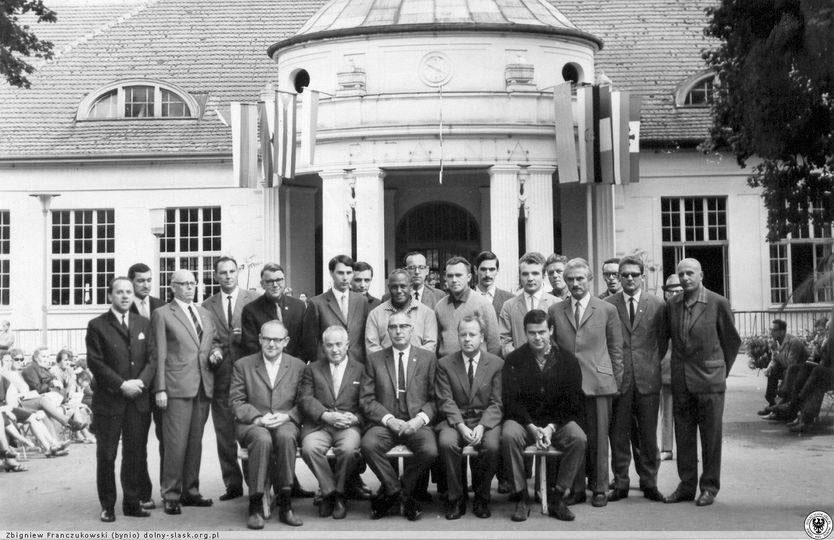
Some of the most valuable contributions to The Chess Drum have come from people from outside the African Diaspora. This tournament item was sent to me by Jim Kulbacki who lives in Wyoming. It came from a Polish chess magazine from 1967 Polanica-Zdroj tournament and featured Afro-Cuban Rogelio Ortega (center).
So what does this mean? The Black history of chess is developing, and we have to work hard to build it. If you don’t like the history of your people, build a glorious history that will make your people proud when others read it. We have to take more interest in documenting chess activities in the Diaspora. Graham Jurgensen of South Africa has done a creditable job at documenting activities around the continent. It is a valuable resource of data.
In the very near future, The Chess Drum will continue to compile literary content on the history of Black chess. After amassing tens of thousands of pages of chess literature, it is time to make one of the biggest contributions to Black history. It is time to make this history part of a general history of chess, and it is up to our community to do it.
KEEP THE BEAT GOING!!!

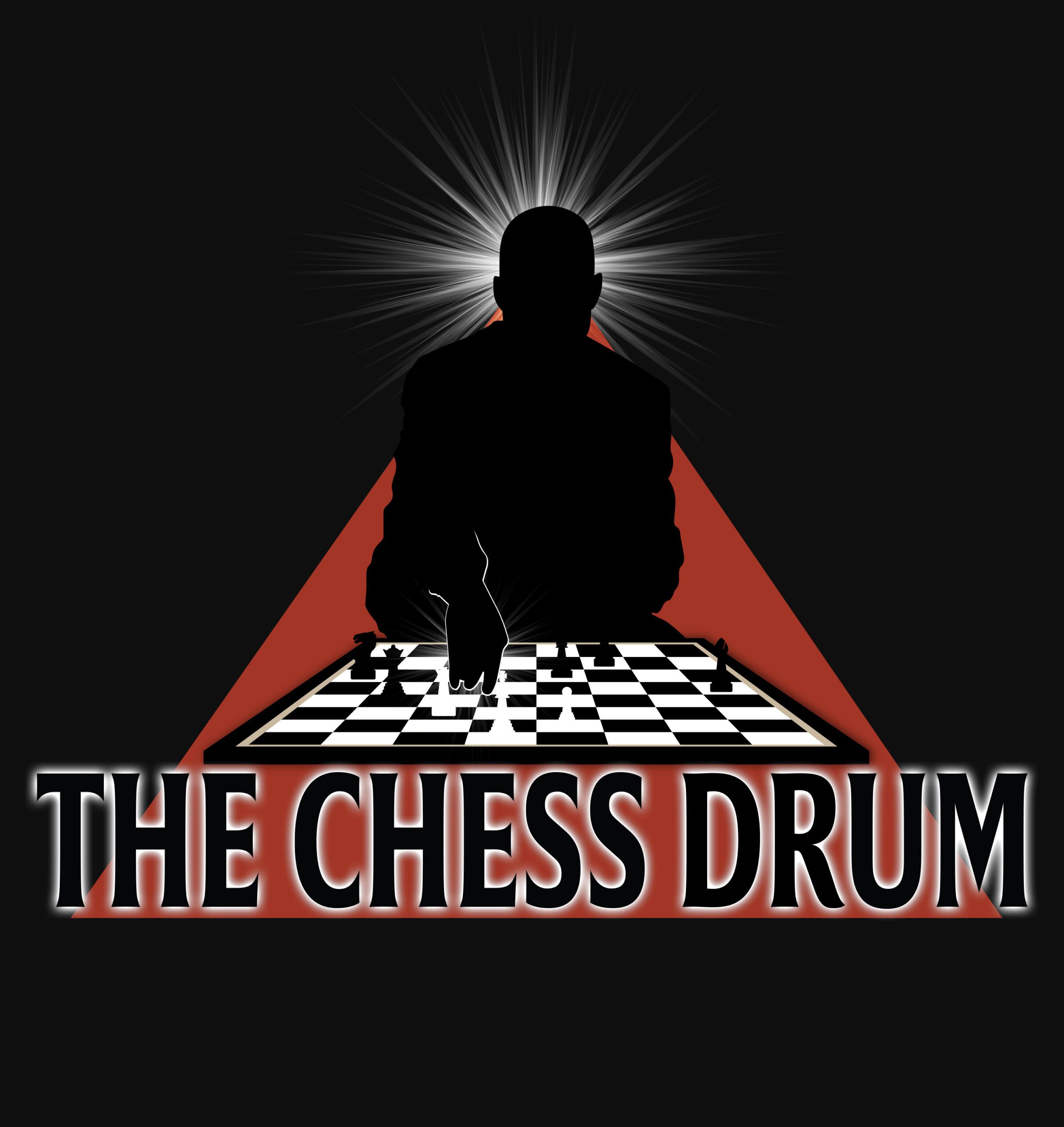
Great great article- the points you made about the lack of information regarding chess players of African descent in historical archives are excellent. I wish to thank you -again- for your foresight in seeing the need to create a website that highlights the accomplishments of players of color. I see you included photos of the honorable Marcus Garvey who had always stressed for people of African descent to do for self and not depend on others to address our needs. Living in a world where it seems everything has political/racial overtones, it’s good to have The Chess Drum as a source of inclusive information on ALL players across the globe. Great job.
Akil,
Thanks for the compliment.
If The Chess Drum did not exist, it would still need to be created. Many have talked about building such a vehicle decades before I did, but it is often a thankless task and a LOT of work. Ironically, if this site had been done by a person outside of the African Diaspora, they would be receiving the highest of accolades, featured in the mass media and praised by the African Diaspora. Sometimes we look for legitimacy from those outside of our community. It is a sad truth.
I look for human interest stories that show the universality of chess. There is always the sporting aspect, but the social aspect of chess is far more enriching than who won a tournament in a given year. We are the creators of our own history.
FYI- I placed my order this evening for your book on Emory Tate. Did it so fast I have friction burns on my fingers!!!. Looking forward to reading it.
Daaim,
Great stuff. Congratulations on continuing to raise the bar.
You referred to the “social aspect of chess”. Interestingly, when I learnt the moves of the game in my mid 30s, I was not particularly interested in variations etc. but the history and “social aspect”! I found quite fascinating the stories behind the creation/invention of the game and figures such as Philidor, Henry Buckle, Capablanca, Vera Menchik, Bobby Fischer and Maurice Ashley – just to name a few. The “social” aspect of their respective contributions, their impact on their fellow man, society etc.
Players of African extraction are a keen study in the “social aspect”, having regard to our history, stereotypes etc. We have come a long way….but there is still much farther to go…so much more.
By the way, I liked your take on Voltaire’s “Si Dieu n’existait pas, il faudrait l’inventer” – If God did not exist, it would be necessary to invent him! You are correct – if the ChessDrum did not exist it would have been necessary to create it. Indeed, nature abhors a vacuum! Many exciting times ahead.
Another problem is when players record videos on their phones and post to Facebook groups. Unfortunately, the world cannot see these videos. This morning I was watching a video of Viswanathan Anand giving a simul in Kenya… on a Zambian Facebook group! This valuable footage is not available anywhere else.